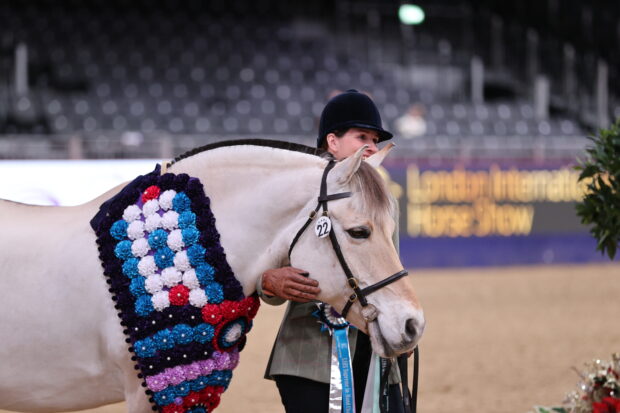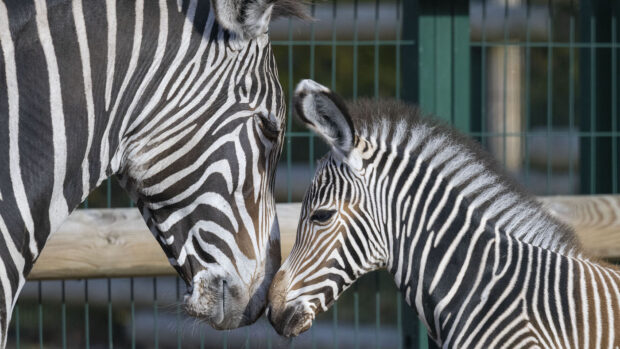Check out these unusual, but beautiful, horse breeds…
1. Bakshir Curly
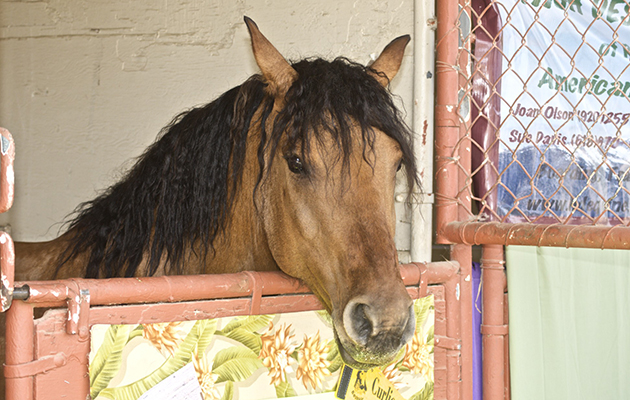
Taking us right back to Kevin Keegan’s hair in the 1980s, the permed look never went away as far as the Bakshir Curly is concerned. Their origins are highly debated, with some saying they come from Asia, and others from South America. Curlies are depicted in Native American artwork, and were used as sacred mounts for chiefs and medicine men by early Sioux Indians. The amount of curl in each coat varies from a slight wave to the full poodle – and like poodles, they’re said to be hypoallergenic. With a characteristic stride and long movement, these tough creatures are often used in endurance.
2. Akhal-Teke
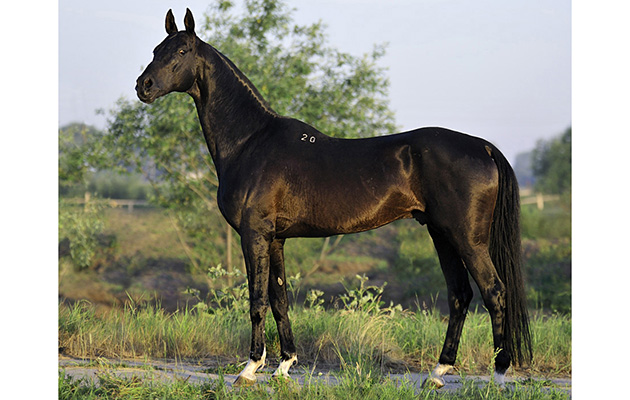
Super-sleek, with finely-boned features, the Akhal-Teke is often described as the ‘supermodel’ or ‘greyhound’ of the horse world – although there’s more than a touch of the Thestrals from the Harry Potter books about this breed, too! What’s most eye-catching about these strange but beautiful horses is the metallic lustre to their coats, caused by the unique structure of their hairs, which actually bends light to create the shimmering effect. One of the most ancient and rare horse breeds, with around 6,600 currently in existence, they were originally bred by tribesmen in Turkmenistan to cross the arid landscape, and are now used successfully in endurance, dressage and other disciplines.
3. Caspian horses

A breed native to Iran, similar to Arabs but standing no more than 12.2hh, Caspian horses were thought do have died out centuries ago – until in the 1960s, they were discovered living wild in the Elburz Mountains on the edge of the Caspian sea. Locals in a remote village called Amol would periodically catch them and use them as workhorses. There are thought to be feral Caspian horses still living near the village, but since their ‘re-discovery,’ they’ve been bred all round the world, including the UK. Once used to pull the chariots of the king of the Persian Empire, they are still mainly used for driving. To find out more, visit www.caspianhorsesociety.org.uk
4. Marwari
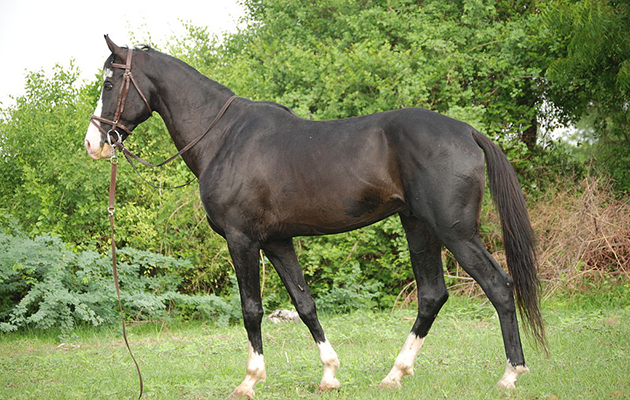
The Marwari is a rare horse breed indigenous to India with a unique and fascinating characteristic – inward turning ear tips that touch of overlap when pricked. Banana ears, in other words! Used as a cavalry horse by the Marwar people, they stand at around 15-16hh and can be any colour. Hair whorls are important to Marwari breeders – long whorls down the neck are considered lucky, and whorls on the fetlock bring victory, but whorls under the eyes are very unlucky indeed and to be avoided at all costs.
Continued below…
Like this? You might also enjoy reading these:
Rare Boulonnais foal is first born in the UK
Rare Przewalski foal born in Kent *VIDEO*
5. Black Forest Horse

The Black Forest Horse, or ‘Schwartzwalder Kaltblud’, is a heavy breed that originates – as the name suggests – from the Black Forest in Southern Germany. Standing between 14.2 and 15.3hh, this small, hardy, long-lived breed was used in forestry for centuries, and even when an attempt was made to increase the size using Belgian draft horses, locals stuck firmly to their own breeding stock. In 1981, it was realised that the breed was in sharp decline, and a concerted effort was made to bring it back. The horses used to come in many colours, but these were lost when the breed declined, and they are now mainly chestnut with flaxen manes and tails. Black Forest Horses are renowned for their sweet, gentle natures, and make great children’s ponies.

